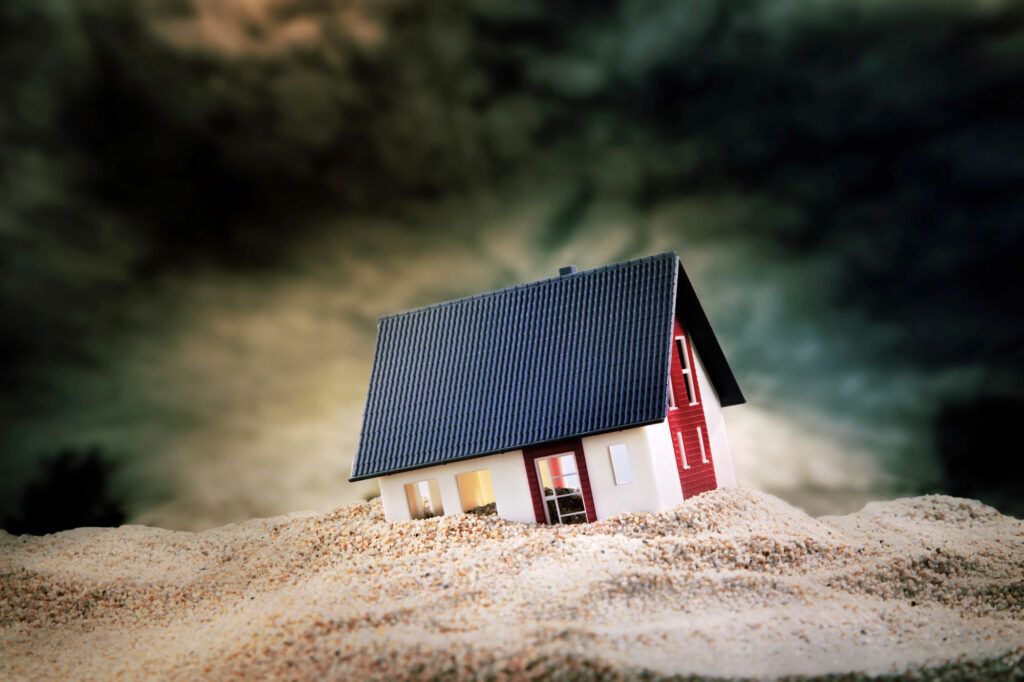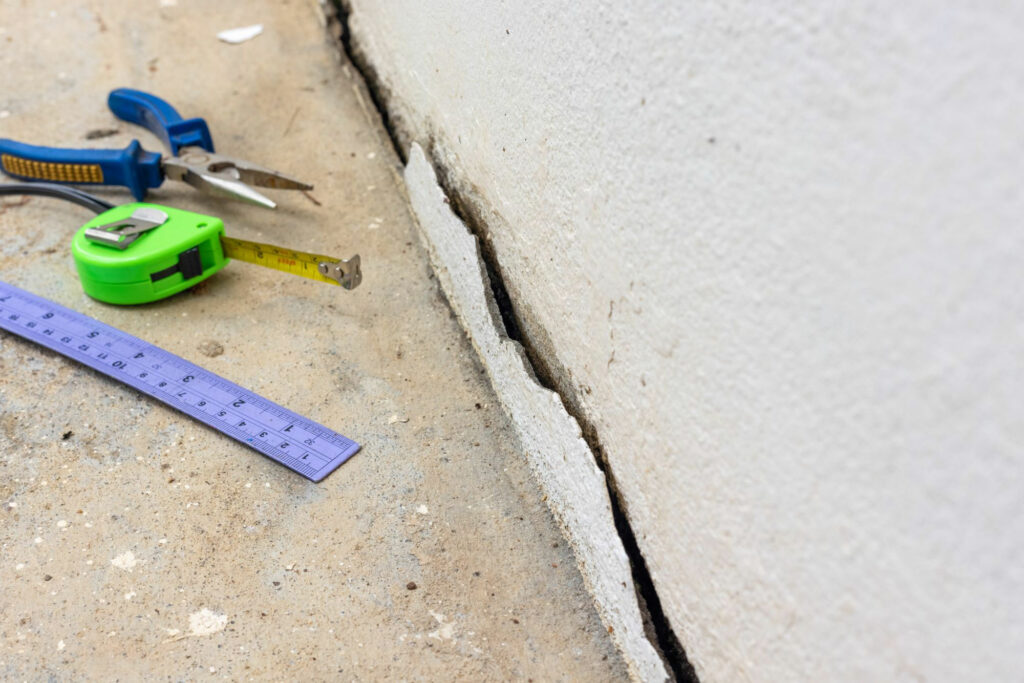
A solid and secure foundation is your house's most important structural component. It's responsible for evenly maintaining the support of your home using the walls, floors, and roof. So, it's important to be aware of the signs that your home's foundation might be damaged or ineffective.
Foundation problems that are discovered and resolved early can reduce the likelihood of future damage. Also, contacting an expert can save you from the costs of extensive fixes down the road.
Here are eight warning signs your home's foundation has problems:
A sinking ground isn't always easily noticeable, but you can detect the signs more accurately by inspecting your home from a distance. Walk along the outside perimeter and observe any unevenness on the ground and roof that makes your home appear as if it's sloping.
If sinking is happening subtly, the roofline or parts of the ground will look higher and lower on each end instead of straight.
In addition, be aware of drainage issues, such as water collecting in areas of the foundation, as this could indicate the terrain and soil beneath are settling or shifting. In this case, you'll need a foundation settlement repair to restore and protect the structural integrity of your property.
One of the easiest visible signs of foundation issues you should be aware of are cracks along the exterior wall of your house. While hairline cracks don't always indicate a problem with the foundation, they should still be inspected by an expert.
Large cracks that appear in a zig-zag pattern moving diagonally across the wall should be addressed as soon as possible. You should also look out for bricks or sections of the wall that appear to protrude or bulge out.
Similar to the exterior walls, interior wall cracks can be a sign of foundational issues if they run along the height of the wall. These cracks also lead to the corners of doorways and window frames in a diagonal pattern.
Moreover, they can run through the top trim where the wall and ceiling connect. Another common indicator includes bowing interior walls that have wallpaper peeling away.

Foundational damage can also affect kitchen cabinets and counters by warping the walls they're attached to. Therefore, you must inspect your cabinets closely to see gaps that show they separate from the wall.
Sloping can also occur at the base of the counter if the floor has also sustained damage and unevenness because of a problem in the foundation.
If your doors and windows don't open and close smoothly or tend to stick and get stuck, this may be a foundational problem. This issue happens when the unstable foundation warps the shapes and frames of the house.
Thus, doors and windows no longer fit and latch correctly into their squares. In more severe cases, the frames start to pull away from the brick it's embedded in.
While a tilting chimney may be a roof problem, in many cases, it can be related to a weakened foundation. Soil shifts can make their way up to the chimney by causing cracks along the brickwork and gaps between the chimney and siding.
Furthermore, a leaning chimney must be fixed as early as possible to prevent it from collapsing and damaging your roof and house. In this case, the root of the foundational problem should also be addressed to resolve the issue completely.
Consistent dampness and a mildew odor from your basement or crawl space underneath your home can indicate an impending issue. Water and moisture can seep into the foundation if it's cracked and cause rot, attracting pests and further eroding your home's structure.
It can also worsen any drainage issues on your property after extreme weather events. Therefore, you should call in a professional as soon as possible, as moisture buildups could lead to health hazards later.
Your home floors should be even and straight when you walk across them. So, if you feel anything unusual such as springy, sagging, or slanting floors that creak, these could be a foundational problem.
Wooden floorboards commonly bounce due to a lack of support underneath, like damaged structural floor beams that need replacing. However, the pressure exerted by a shifting or sinking foundation could also be the cause. Furthermore, if you have tile or concrete flooring, look for multiple cracks running across a large floor section.
Look out for these eight common warning signs that your home's foundation has problems. They include diagonal cracks along the walls, floor, chimney, door, and window frames. Then inspect the entire house for sinking and sagging by examining the floors and roofline. Finally, monitor your crawlspace and be aware of doors and windows sticking or kitchen attachments like cabinets pulling away from the walls. All these could indicate a foundation settlement that needs expert repairing to restrengthen the structural support of your house.
comments